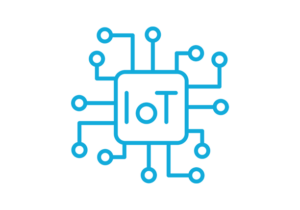Quantum Key Distribution
The Secure Way to Distribute Cryptographic Keys Over Quantum Channels
What is Quantum Key Distribution?
Quantum Key Distribution (QKD for short) is a method for securely distributing cryptographic keys over quantum channels. Unlike conventional communication methods based on light signals, QKD uses individual photons with specific quantum states for data transmission.
The security of QKD relies on a fundamental principle of quantum mechanics: the no-cloning theorem. This principle states that an unknown quantum state cannot be copied. If an eavesdropper attempts to intercept the data, the quantum states of the photons are inevitably altered, which can be immediately detected by the two communicating parties. Another QKD method is based on quantum teleportation, where the qubits of the partners are entangled with each other.
Why isn’t Quantum Key Distribution used instead of Post Quantum Cryptography?
Although QKD offers an extremely high level of security, it still has technical and practical limitations:

Photon Loss
Since QKD relies on individual photons, the loss of a single photon directly leads to the loss of information. This poses a challenge for signal transmission over long distances.
Range
Currently, quantum repeaters required for signal amplification are not sufficiently developed, making QKD efficient only over short distances.


Infrastructure
Using QKD requires specialized hardware for generating and measuring photons. Compatibility with existing fiber optic networks has not been fully tested, which is why dedicated “dark fiber” networks are often used.
Satellite Transmission
QKD can also be carried out via satellites, enabling longer distances. However, these transmissions are susceptible to disturbances from atmospheric conditions such as clouds or dust particles.


IoT (Internet of Things)
In an IoT environment, where numerous devices such as washing machines, cars, and surveillance cameras are interconnected, implementing QKD is impractical due to the specialized hardware required.
Time
QKD technology is still under development, and the necessary infrastructure is not yet advanced enough to support widespread implementation in the near future.

What is quantum teleportation?
Quantum teleportation is a method for transmitting quantum information between two parties without directly sending the information through a medium. Instead, entangled qubits are generated and exchanged between the parties through a process called “entanglement swapping.”
Since no physical information is transmitted during this process, eavesdroppers cannot intercept the data. However, quantum teleportation is still limited by the speed of light, as classical information must be exchanged between the parties to reconcile their results.

